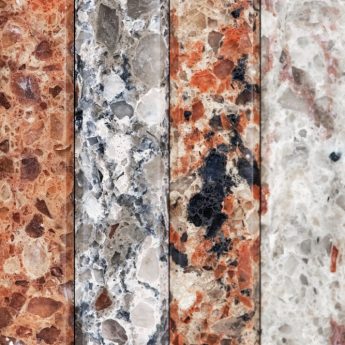Hardwood Floor Refinishing Techniques And Best Practices

Hardwood floors have long been cherished for their timeless appeal and durability. As these floors age, they naturally wear out, losing their shine, smoothness, and sometimes even their structural integrity. This is where the magic of hardwood floor refinishing comes into play. By delving into the methods and best practices associated with this craft, homeowners can either restore their aging floors themselves or make informed decisions when hiring professionals.
Why Refinish Hardwood Floors?
When well-maintained, hardwood floors elevate the elegance and sophistication of any space. But beyond aesthetics, why should one invest in refinishing?
Aesthetic Restoration
A pristine hardwood floor radiates a warmth and richness that’s unmatched. Refinishing rejuvenates the floor, restoring its original charm and vibrant shine.
Enhanced Durability
As time passes, floors endure wear and tear, leading to scratches, dents, and faded patches. Refinishing fortifies the wood, thus prolonging its lifespan.
Value Addition
A well-maintained hardwood floor significantly increases the value of a property. Potential buyers often appreciate the longevity and elegance it brings.
Improved Health And Hygiene
Over time, floors can harbor allergens and pollutants. A thorough refinishing process eliminates these, promoting a healthier living environment.
Pre-refinishing Preparations: Starting Right
Before embarking on the actual refinishing process, it’s vital to prepare the floor and its surroundings.
Cleaning the Surface
Dirt and debris, if left unattended, can cause uneven refinishing. A thoroughly cleaned floor ensures an even and lasting finish.
Checking For Damages
Identifying and addressing issues such as cracks or splits before refinishing is crucial. This step ensures a smooth surface ready for the next stages.
Preparing The Room
Refinishing can be messy. Moving furniture, sealing off the area, and ensuring good ventilation can make the process smoother and more effective.
Techniques In Hardwood Floor Refinishing: The Core Process
The technique chosen can make a significant difference in the outcome.
Traditional Sanding
Using drum sanders and edgers, traditional sanding strips away the old finish, preparing the wood for a fresh coat.
Dust-free Sanding
Modern tools have evolved to reduce dust production significantly, making the process cleaner and healthier.
Buffing
This technique is vital for achieving that perfect smooth surface. Buffing eradicates any leftover uneven patches, ensuring a flawless finish.
Staining
Staining allows homeowners to select or alter the color of their hardwood floors. From light oak to rich mahogany, the options are diverse.
Finishing
Finishes seal and protect the wood. Choices range from polyurethane to water-based or oil-based finishes, each offering unique benefits.
Best Practices For A Perfect Finish
Achieving a flawless finish isn’t just about the technique but also the approach.
The Right Tools
Opting for high-quality tools ensures consistency and excellence throughout the refinishing process.
Working in Sections
Managing small sections at a time guarantees an even finish, as it offers better control over the process.
Dry Time Considerations
Rushing can be detrimental. Each stage, especially staining and finishing, requires ample drying time for best results.
Safety First
The refinishing process involves tools and chemicals that can be hazardous. Wearing appropriate safety gear and maintaining a well-ventilated workspace is imperative.
Maintenance Of Refinished Hardwood Floors: The Aftercare
A refinished floor is like a rebirthed masterpiece. But, its longevity and beauty depend on the care it receives.
Regular Cleaning
Using the right cleaning agents and methods can help maintain the shine and integrity of the floor.
Using Protective Pads
Furniture can cause scratches. Protective pads are a simple yet effective solution to this common problem.
Avoiding Water Damage
Water is hardwood’s nemesis. Swift cleanup of spills and preventing prolonged exposure can save a floor from irreversible damage.
Routine Checks
Periodic inspections can catch early signs of wear or damage, making maintenance more effective.
Environmental Considerations In Refinishing
Green methods and products are becoming the norm. From eco-friendly stains to sustainable sanding processes, the hardwood refinishing industry is increasingly aligning with environmental concerns. By opting for these green solutions, homeowners can ensure a beautiful floor while also respecting our planet.
Cost Analysis: DIY vs. Professionals
Refinishing costs can vary widely based on the chosen method, tools, and whether one opts for a DIY approach or hires professionals. A comprehensive cost breakdown can guide homeowners in making informed budgeting decisions.
Conclusion: The Lasting Impact Of Well-Refined Hardwood Floors
A well-refinished hardwood floor is more than just a home improvement project. It’s an investment in the property’s future, a commitment to environmental sustainability (when done right), and a step towards a healthier living space. Embracing the best techniques and practices ensures that this iconic home feature continues to shine for years to come.
Read Also:












Leave A Reply